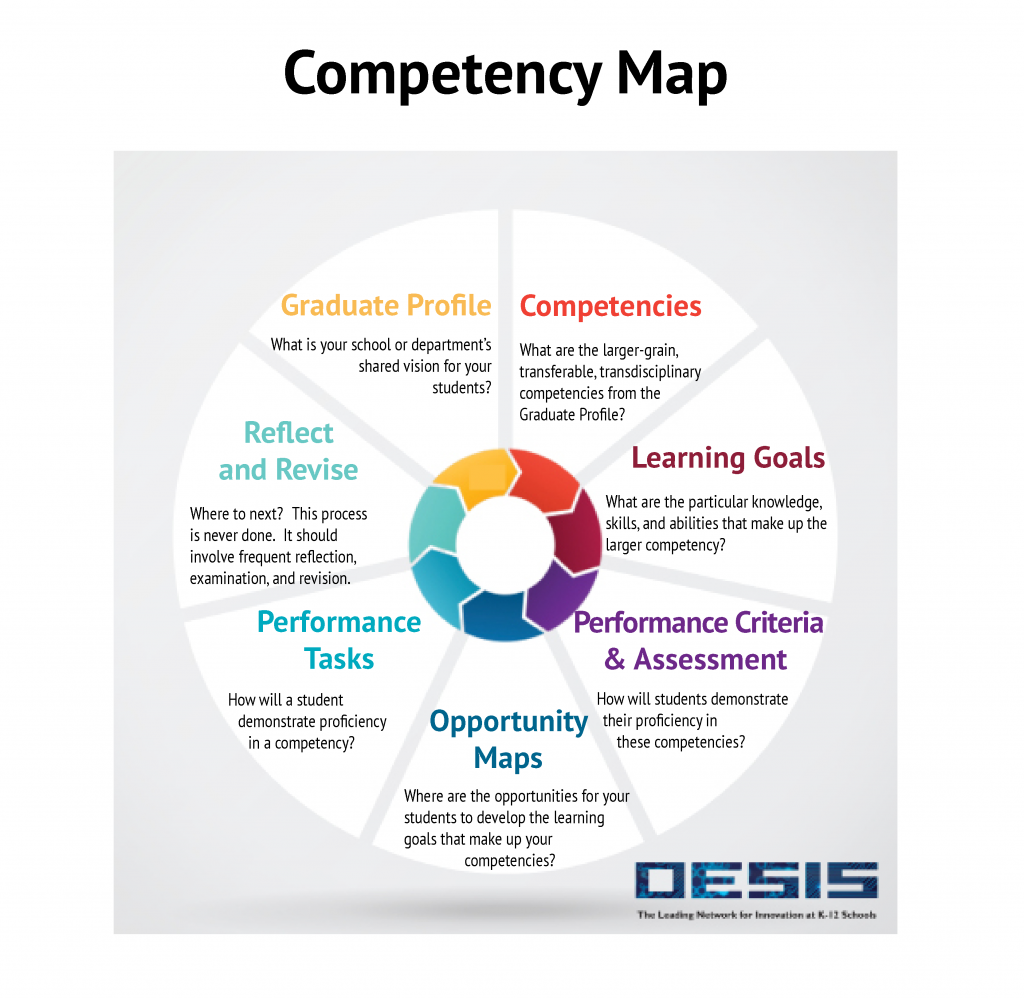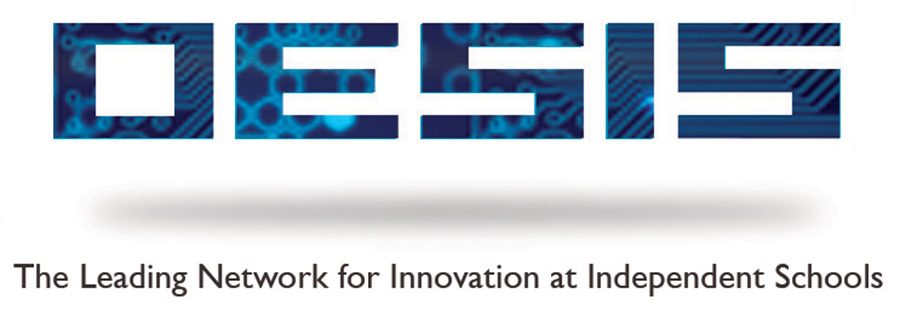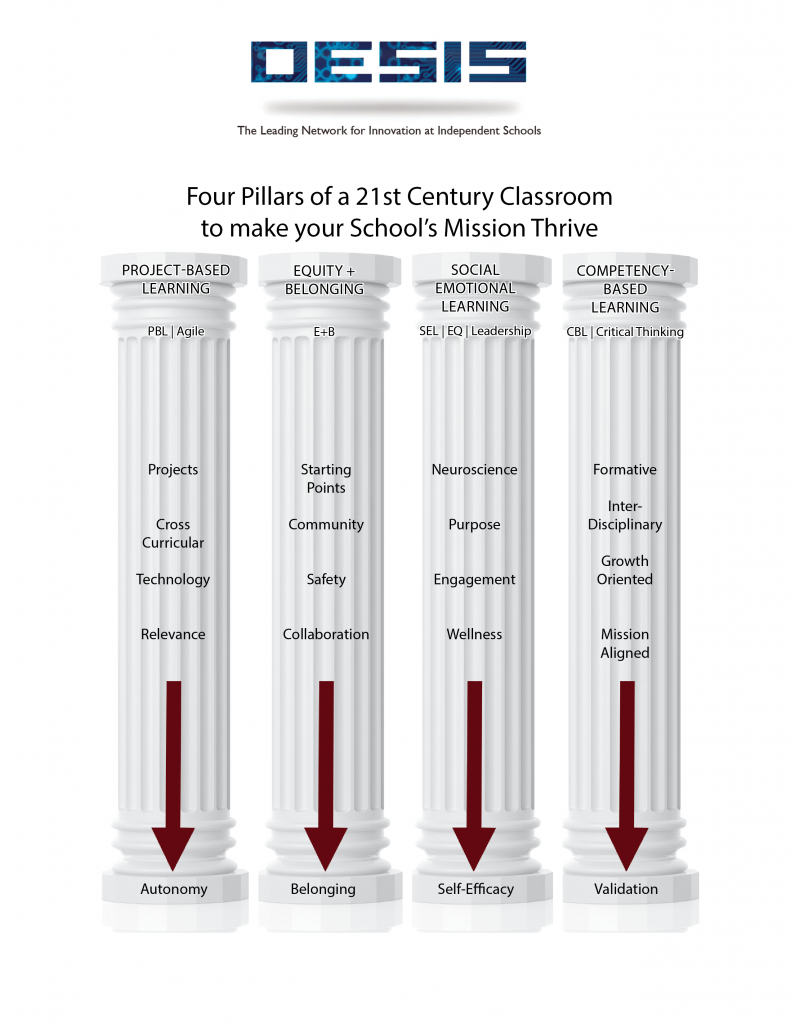
To thrive in the modern world, students require more than the knowledge passed down to their parents and grandparents. In a world with boundless information, students need the ability to understand, analyze, and navigate information in order to solve new problems and challenges. Merely relying on teachers to provide content and instructions does not prepare students for their future.
To create an inclusive and thriving environment, four pillars of pedagogy serve as the foundation. While each pillar is a starting point, it is crucial for faculty to appreciate and understand all four pillars to transition to a truly inclusive and student-centered school. Without equitable development in each area, the pillars become compromised, leading to an unbalanced school. By aligning the school’s mission with outcomes (rather than focusing on outputs like college acceptances, grades, and test scores) and fostering a culture where actions align with goals and intentions, a balanced environment is established.
OESIS Professional Development offers four levels of courses focused on faculty growth to enhance capacity and resilience for change and innovative teaching practices, enabling faculty to build their skills and implement them effectively. These courses are available to all member schools for self-guided asynchronous learning.
Based on our extensive experience in faculty professional development across various schools, we firmly believe that customized PD aligned with a school’s broader goals and strategies is significantly more effective than traditional professional development programs. We are pleased to offer custom pathways by integrating content from our existing course libraries. Ideally, these programs align with your school’s strategic plan and values, ensuring a higher likelihood of success and widespread implementation. The cost for creating a custom pathway ranges from $750 to $2,250.
Our courses support learner-centered education, which we consider essential for preparing students for our rapidly changing and generative AI-infused world, incorporating the elements of the four pillars necessary to transform education. These four pillars are interconnected and synergistic, enhancing student development and creating inclusive and engaging environments for learning.
Social Emotional Learning (SEL)

An understanding of Social Emotional Learning (SEL) and its elements of emotional intelligence (EQ), self-awareness, self-management, self-efficacy, and cognitive engagement in learning are a crucial foundation for building the classroom of the future. OESIS SEL courses provide research-based background information from our partner, Six Seconds, and examples of how neuroscience informs creating classrooms that activate students’ brains for optimal learning, as well as providing strategies and opportunities for autonomy that encourage students to determine their purpose. In concert, all of this leads to better engagement and wellness among today’s students. As faculty progress through the SEL courses, they become EQ practitioners and are better able to help students to develop their EQ skills.
Project-Based Learning (PBL)

Once teachers have an understanding of the emotional basis of relationships and learning, they can take part in our courses about Project-Based Learning (PBL) which complements the latest research and understanding about how students learn best and maintain a healthy balance in their educational careers. Using cross-curricular projects that have relevance to the lives they do and will lead, students’ intrinsic motivation is sparked and engagement increases. Student-driven, open-ended projects are an excellent way to involve students in the use of new technologies as ways of communicating their learning. Students can deliver final products that are videos, blogs, vlogs, podcasts, web pages, AR/VR experiences, etc. These projects model the way work happens at this time, with collaboration and problem solving at the forefront. The Agile Empowered PBL level 1 add-on is available for teachers who would like to use the Agile framework with their students.
Equity and Belonging (E+B)
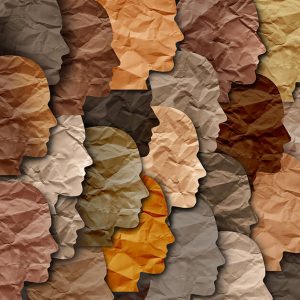
Equity and Belonging (E+B) courses substantiate the effectiveness of SEL and PBL in creating classrooms where all students feel validated and included. By prioritizing the cultivation of trust and safety within the classroom community, students can collaborate more effectively, learning from one another and leveraging each other’s skills and strengths to produce exceptional work. The use of the AGILE framework in structuring these projects mirrors the dynamics of real-world work environments.
Competency-Based Learning (CBL)
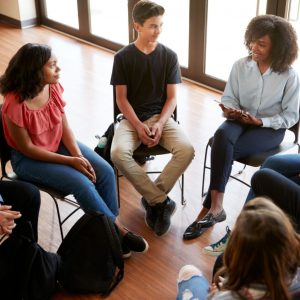
When one has made a true commitment to building classrooms of the future that engage students’ intrinsic motivation by creating communities of trust and belonging where all students feel validated and can contribute meaningfully, traditional grades are no longer the optimal way to communicate learning. Once teachers progress to this point, they often find themselves frustrated with the lack of information communicated by traditional grades. This is where our Competency Based Learning (CBL) courses can be useful. Innovative classrooms are growth oriented and focus on the formative development of student competencies and skills that are mission aligned. Assessment in these spaces becomes dialectical and ongoing. What a school values and stands behind is clearly communicated through the interdisciplinary competencies that are held front and center as evidence of learning, growth, and capacity.
OESIS Credentialed Courses Guide Teachers Through Four Levels
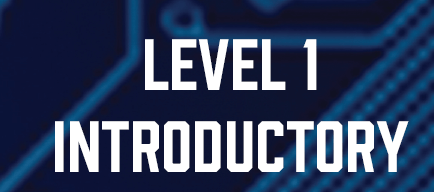 | 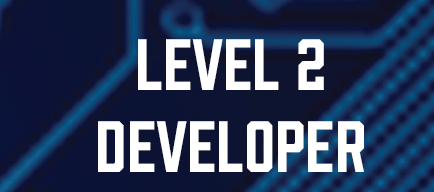 | 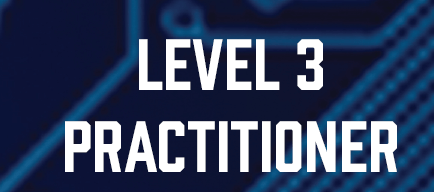 | 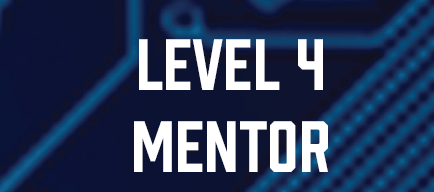 |
| Level 1 courses are intended as “Introductions” to the material. They include information about basic terminology and ideas germane to the particular pedagogy, as well as case studies and examples through articles and videos. | In Level 2, teachers become “Developers” as they begin to craft activities and units for their classes that will subsequently be implemented and reflected upon. A teacher taking PBL Level 2 would begin to plan a project for their class, mapping out the full unit, including their assessment piece. | In Level 3, teachers become “Practitioners” as they implement their units or activities, solicit feedback from peers, supervisors, and students, and reflect on implementation and ways they might improve the activity in the future. | In Level 4, teachers are ready to serve as “Mentors” and leaders in their school community, providing coaching and support as peers engage in the PD. |
